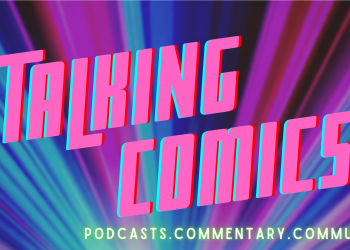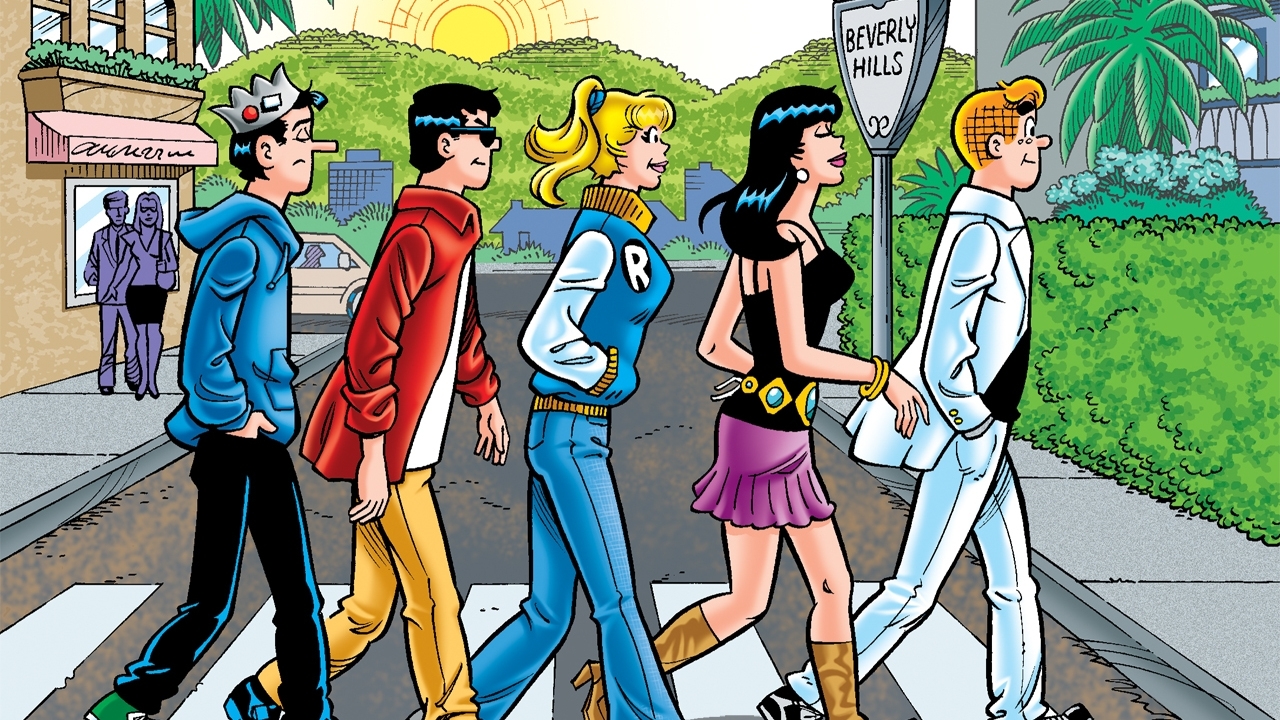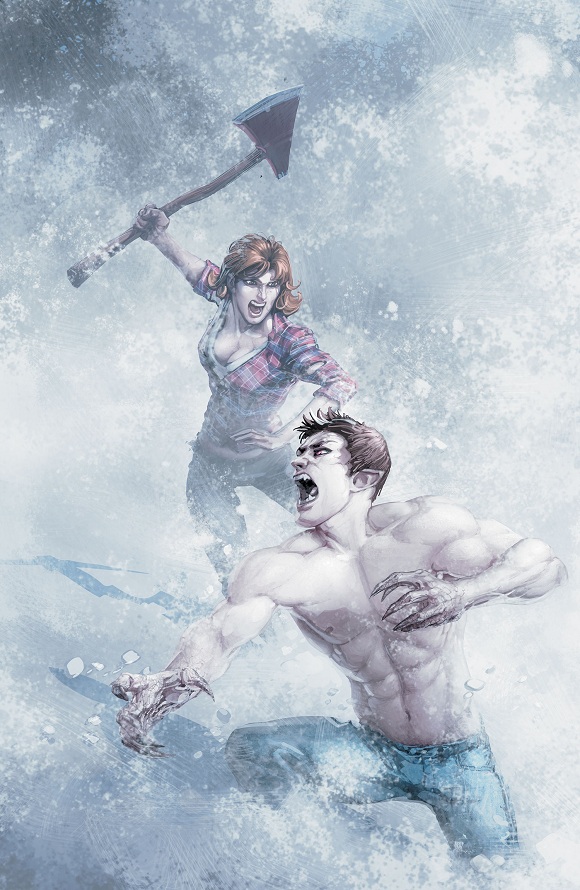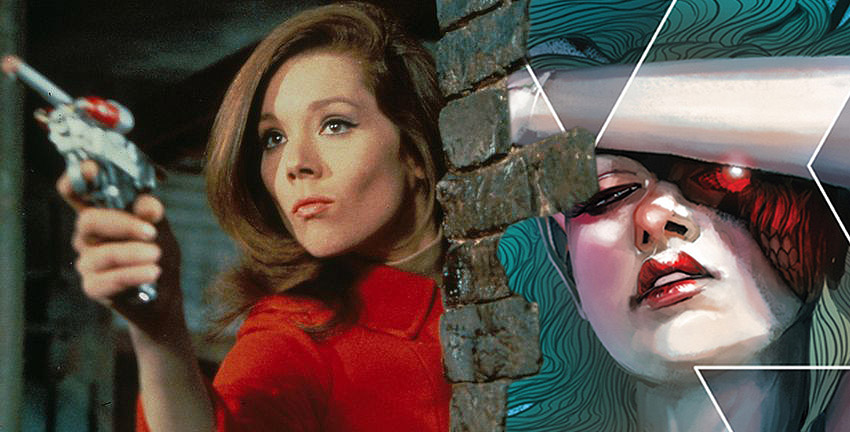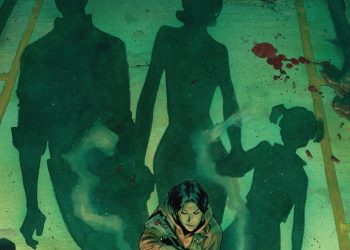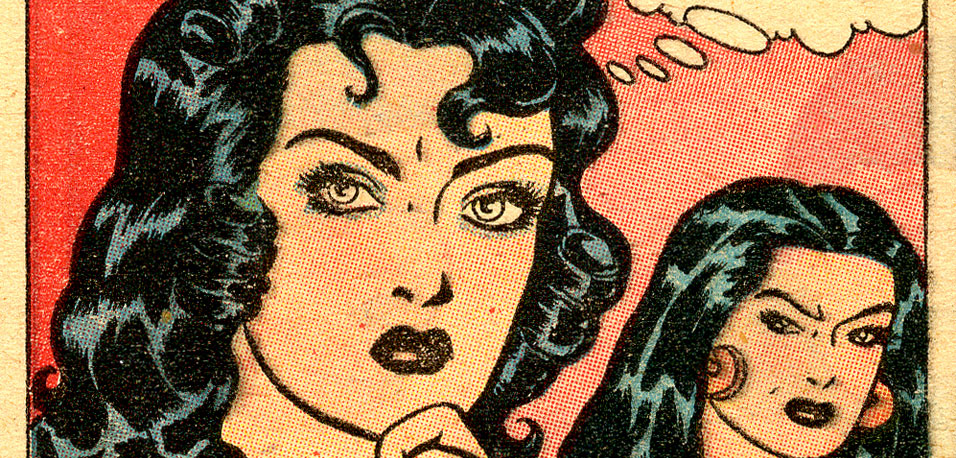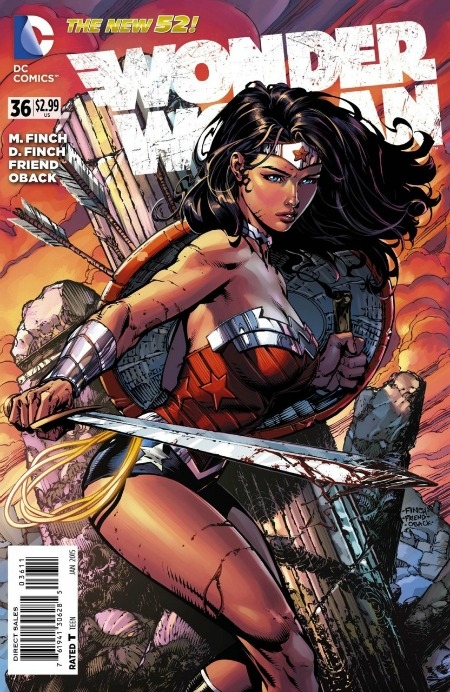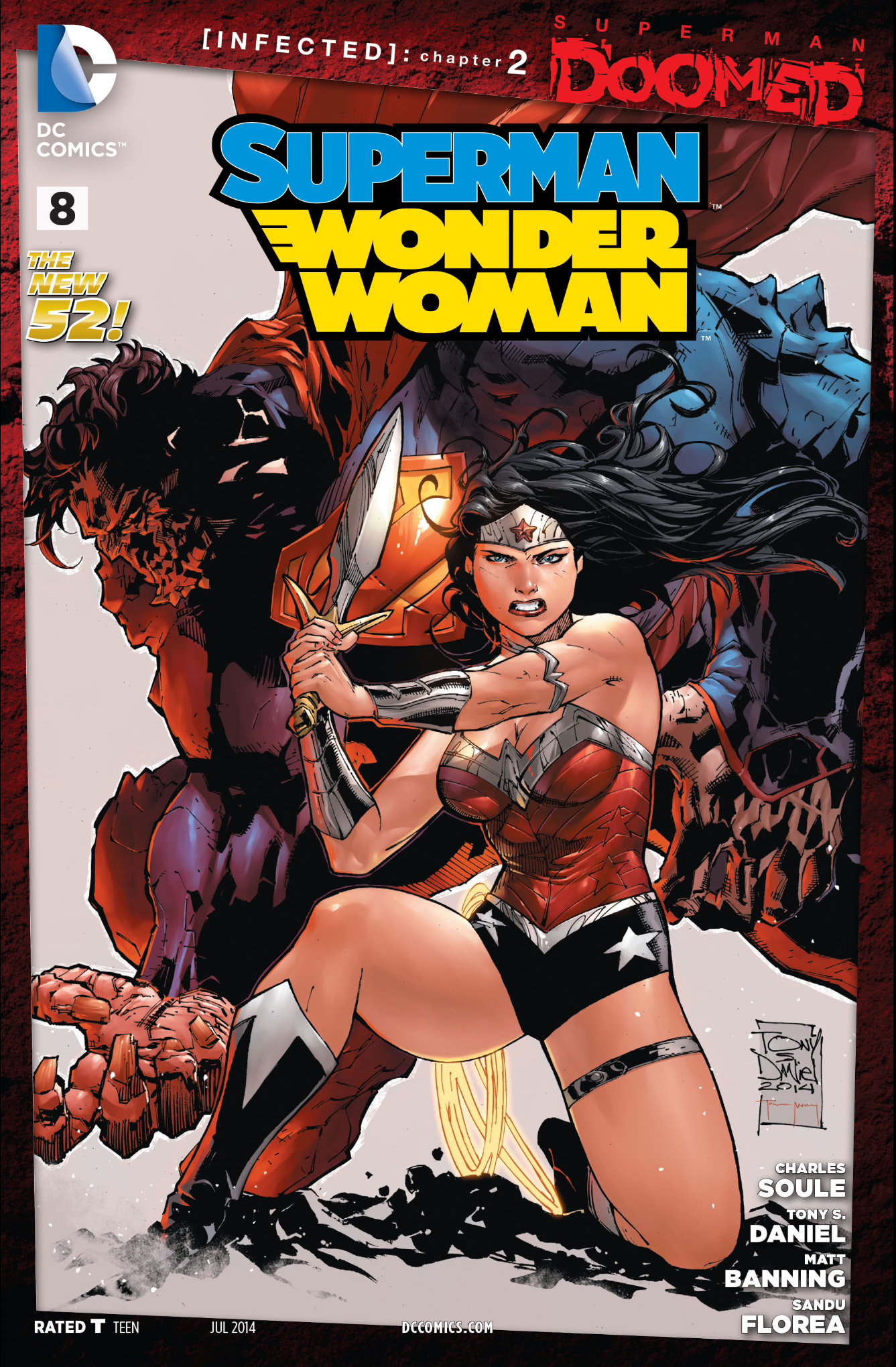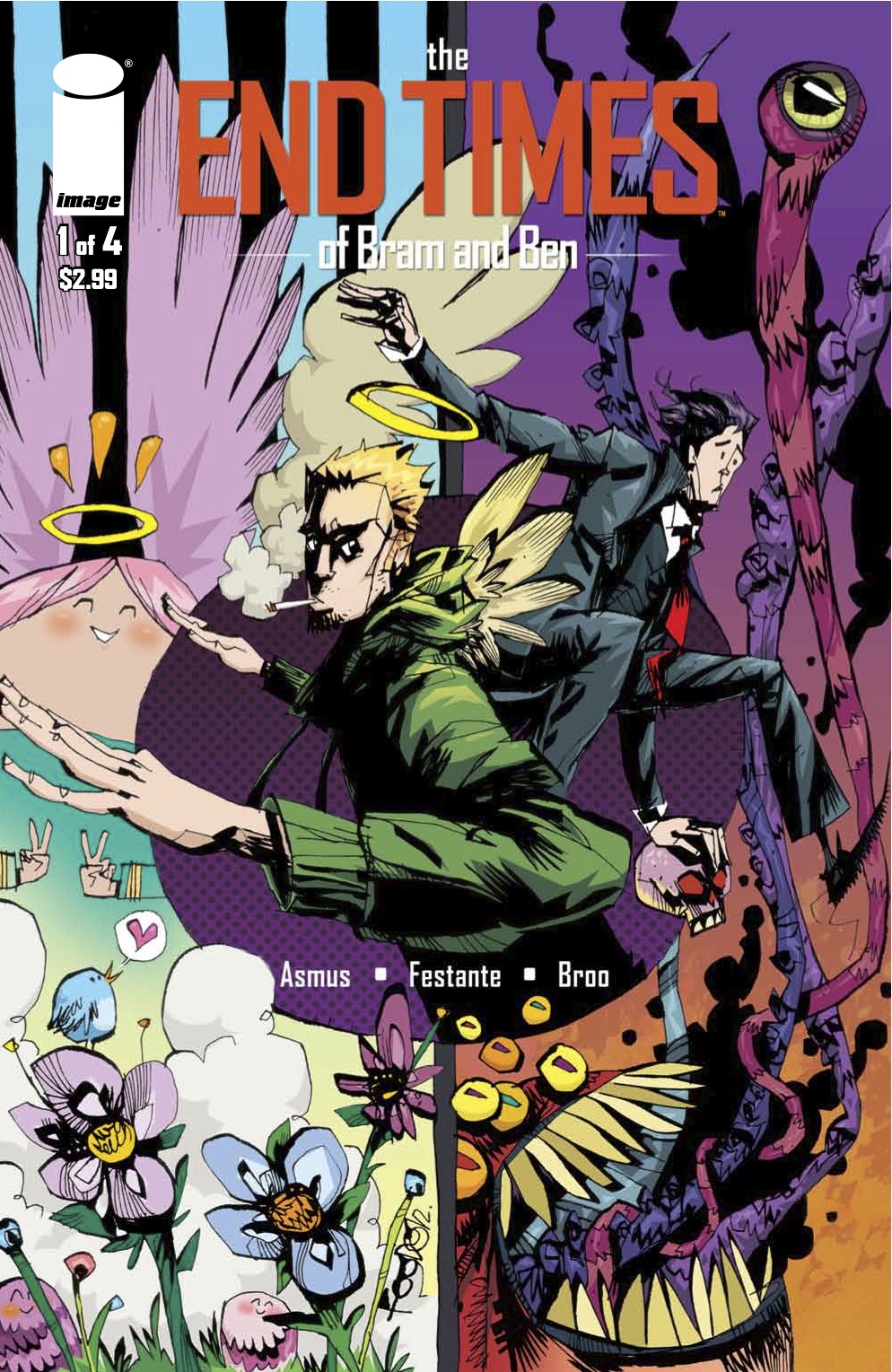DIVERSITY EMPOWERS EVERYONE! 
An Opinion Piece by Bob Reyer
As some of you might remember from the podcast or have read about here, it was my honor to participate in the Women’s March in New York City on 20 January. Infused with the uplifting spirit of that amazing gathering which drew from the breadth of seemingly all cultures and generations, I felt the need to write a piece that spoke to the genuine progress that’s been made in regards to diversity and representation in the comics industry, but some events in the days since have me reflecting on just how far we still have to go.
We here at Talking Comics have made a point of keeping this topic a regular part of our discussions over the previous six years, whether it was a larger scale presentation such as our “Women in Comics” weeks that were kicked off in the Summer of 2012 by a interview with Kelly Sue DeConnick as she began her run on Captain Marvel, or our “Comics, Human Rights, and Representation” event in concert with Dr. Maria Norris and the London School of Economics, or perhaps simply through our regular chats about the week in comics news.
Why I’m still on about this is that the new Marvel “Young Guns” initiative that highlighted six gentlemen (and has only featured one woman across its five iterations and fourteen years, Sara Pichelli) struck me as ill-thought-out, considering the current industry–and political–climate. As with DC’s “Master Class” of artists that failed to include any “Mistresses”, it’s bad optics for either of The Big Two to exclude half the population when they’re trying to attract both new readers and new talent into a rapidly-compressing market. As Ms. DeConnick pointedly remarked at a panel at the 2013 NYCC regarding any blow-back on this issue “It’s a big deal! If I make people angry, if they get upset, that’s all good if it means my daughter won’t have to deal with it! It’s getting better, but it’s not nearly good enough! It’ll be great when we won’t have to do a ‘Women of Marvel’ panel, but that time isn’t here yet.”

I agreed wholeheartedly then, and I had high hopes for the future, and though there has been some halting movement forward regarding diversity in presentation and creator participation, even in a year that saw a Wonder Woman film shatter so many misconceptions about the power of female leads and directors in action movies, I’m feeling a retrenchment, a step backwards that’s very disconcerting.
According to Tim Hanley’s “Gendercrunching Quarterly” column covering Autumn of 2017, the percentage of female creator representation at DC was 15.6%, with Marvel at 18%. (A caveat, though; both DC and Marvel employ a great many female assistant editors, and if you remove that figure, DC’s percentage drops to 13%, and Marvel’s to 11.7%!) Over the past year, DC’s number is down about 20%, with Marvel up slightly; however, Marvel’s percentages are skewed a bit, what with “Legacy” relaunches featuring short stories, as well as some one-shots and specials, many of which featured female creators. Factoring in the coming “Marvel Implosion” of cancelled titles such as Hawkeye and America, their percentage will drop, and according to Mr. Hanley’s count, there are only 10 women or non-binary creators on 12 books (and only 5 “regulars”!) out of around 60 titles published in the March solicitations, when that month last year they had 37!! (Quick aside here; if we expand the view, as of April 2017, Image’s score was 16.3%, IDW’s 16.2%, with the leader among the top five publishers being Dark Horse at 19.3%, with all on the downswing.)
Additionally, Mr. Hanley’s research showed that for the years 2014 through 2016, the participation by “non-white” creators at DC has dropped to 22%, while at Marvel that number has risen to just about 30%. These numbers are mostly in line with U.S. Census population figures that show people identifying as “White Only” at 72.4 %, although the definitions on classifications take some parsing, as we’re dealing with the overlap of racial and ethnic categorization, as well as how people choose to self-identify. Again, there is progress, but looking ahead to the “Young Guns”/”Master Class: New Age of Heroes” there seems to be a chill in the air coming.
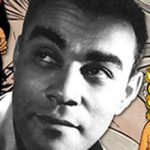
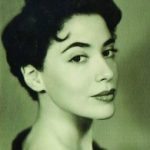
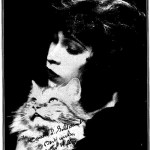
If that cold front occurs, what effect does that have moving forward? Thinking historically, there have probably been countless women or persons-of-color that have been dissuaded from even trying for comic book careers due to what can be seen as the “Old Boys” mentality of the modern comics era. What sorts of wonderful, transformative works haven’t we gotten to see from writers and artists who perhaps plied their talents in other fields, never following in the footsteps of pioneers such as Lily Renee, Matt Baker, or Tarpe Mills?
Having just filled out my pre-orders for April, my Marvel pull list is at a low only matched by the “Heroes Reborn” debacle of 1996, as between arc-ending changes on some titles and the cancellations of books such as America, Luke Cage, and Hawkeye, I’ll be down to four on-going series. I’m not certain what outcome higher-ups such as Senior VP of Sales & Marketing David Gabriel had in mind when he issued (and just as quickly tried to walk back!) his now-infamous statement regarding Marvel’s “diversity problem”, but as a Marvel reader for over half-a-century, it seemed that in the past the “House of Ideas” was always a step ahead in trying to present a more real-world approach to its characters, and now I felt a bit heart-sick. That the company then cancelled the sort of titles to which he was referring only made things worse.
Interestingly, back in 2016 that same David “diversity is hurting our sales” Gabriel was proud to say in part two of a three-part interview with ICv2 that Disney’s analysis showed that 40% of Marvel’s readers were now female! (You can find a condensed version of that chat at Comic Beat through this link.) Where would Mr. Gabriel believe that these new readers came from, or to what in Marvel’s line were they attracted? I’d doubt heavily that their innumerable events and now mostly-impenetrable continuity were the gateway for these new readers. Instead, I’d postulate that it was in fact those books that featured heroes who reflected the diversity of the real world that brought them a more diverse readership! From personal experience I can say that I’ve heard many people comment to creators such as Ms. DeConnick, Gail Simone, G.Willow Wilson, or Erica Henderson how Captain Marvel, Birds of Prey, Ms. Marvel, or Squirrel Girl was their first comic book, and importantly, quite a few were parents whose children had become fans, too.


Although they have back-tracked on their regular line since the termination of the DCYou program of “lighter” books such as Gotham Academy, DC has just announced two new initiatives called DC Zoom and DC Ink with novels and OGNs aimed at middle school and young adult readers respectively! Comics veteran Bobbie Chase is the executive editor for this new imprint, and she’s assembled an impressive roster of YA stars to create the content. With the similarly-positioned DC Super-Hero Girls a consistent big seller at over 100,000 per release, these books should be a fine way to introduce new readers to classic DC characters and a great boost for the company, particularly as Marvel seems to be backing away from their own YA novel releases…and their lighter-in-tone comics that serviced that same market as well!
Chuck Rozanski, president of the legendary Mile High Comics stated for the above New York Times piece that he sees the largest growth area in his stores as that 7- to 15-year-old market, as those readers are “…hungry for adventure and the kind of escapism that comics can provide…”. Over the last few years, the comic industry,  after much flailing about trying to break free from the niche-market cubbyhole it consigned itself to was finally coming around to the notion that diversity of presentation might provide the key to rebuilding the readership, stemming the downward spiral from where comic books were a mass-medium being read by 95% of American children, and through at least the 1970s, with a fan-base that was 50% female.
after much flailing about trying to break free from the niche-market cubbyhole it consigned itself to was finally coming around to the notion that diversity of presentation might provide the key to rebuilding the readership, stemming the downward spiral from where comic books were a mass-medium being read by 95% of American children, and through at least the 1970s, with a fan-base that was 50% female.
There are many loudly-raised voices about, decrying that “Social Justice Warriors” are destroying comics with their clamoring for diverse heroes, and that those books have driven the market into a slide. The fact of the matter is that a number of forces combined to do that already over the last thirty-five years. The direct market, for all its good points, took comics out of the news-stands, stationery stores, and candy shops where they were once ubiquitous. The publishers, through their editorial and creative teams, brought forth decades of stories in continuities that required “homework” to understand, and which proved to be an exclusionary factor to attracting new readers, breaking one of Stan Lee’s oldest adages: “Every Marvel comic is someone’s first! Make sure they can understand and enjoy it so they’ll come back!” If we add in the ultra-violence that reared its ugly head back in the Eighties and Nineties, throw in the seemingly-endless events and re-boots, and top that off with the objectifying artwork and story-telling tropes that betrayed a disdain for female readers, is it any wonder that the market eroded as it did from when titles such as X-Men or Fantastic Four sold 400,000 copies a month in the 1980s?
These “gentlemen” who rail against diversity have set themselves up as gate-keepers, “protecting the realm” by deciding who should read or appear in comic books, or apparently even comment on them. They would have you believe that every issue sold of Squirrel Girl takes away a sale from The Avengers, or that a story-arc featuring Jane Foster as Thor has made all of Marvel unreadable. There’s no evidence to suggest either of those cooked-up scenarios is correct, and while some of these readers may be “boycotting”, I’ve personal experience with collectors who when pressed admitted that they were looking for a jumping- off point, and so used this “outrage” for a convenient exit.
A far more damaging and heinous situation that continues to occur is their railing about “fake geek girls” which would be bad enough on its own, but that provincialism can get very ugly, as when it led to the series of internet attacks such as the one in 2014 on former DC editor Janelle Asselin that included trying to hack her bank account and threats of physical violence. Her “crime”: daring to comment negatively on the objectifying portrayal of Wonder Girl on the cover of Teen Titans #1! Sadly, there are too many of these incidents to list here, but just two weeks ago our friend Stephanie Cooke found herself in the cross-hairs for mentioning the all-male nature of the Marvel “Young Guns” and found herself besieged by trolls crawling out from under their aether-net bridges. (With great aplomb, she turned it into a teaching moment!!)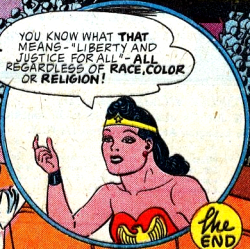
These “Anti-Social Justice Warriors” (TM pending) are failing to consider that without attracting new customers to replace the aging white male fan-base, the comics industry could end up being nothing more than a strip-mine for intellectual properties, with an audience as large as there is for haiku in Latin. As there can be no real or sustainable growth without gaining more women, minorities, teens, young people, and the non-cisgendered as readers, the downward trend will continue, and so those trying to keep them out are voting against their own self-interests.
As I’ve opined many times on-air, it’s good business to have the classic characters be on-model, to retain the creator’s intent and some sense of a character’s history, so that those just coming to the medium already have a familiarity through other cultural touchstones. We also need to have a four-color world that more closely mirrors the real one, as everyone deserves to have a hero who resembles them and that can be called their own, so there needs to be a balance. Although some would wish otherwise, it’s a bad business decision to dismiss the tens of thousands of nascent readers who’ve been drawn to this medium by these attempts at diversity. To my way of thinking, both DC and Marvel can use their already-in place multiverses to create worlds where all manner of tonalities in story-telling with as varied a character base as can be imagined. As a platform, DC’s “Earth-Two” or the “Ultimate Universe” of Marvel (not to forget the sadly long-gone early 2000s “MC2” of Spider-Girl) would be a fine way to present books for every taste without having to worry about “destroying someone’s childhood”, as very fan could find the hero that speaks to them,
For all my kvetching, if we look at the bigger picture, there are positive signs. The percentage of participation by female, non-binary, and minority creators is far better than it was when I first began reading comic books,  as Ramona Fradon at DC and Marie Severin at Marvel were the only women drawing features at The Big Two, and Billy Graham, Jr. was seemingly the only African-American artist. With a growing number of feminine fans, it seems likely that the next generation of creators is going to present a much different face to the audience. Added to that. there are so many wonderful super-heroines (and heroes) around that fans new-and-old have embraced that it makes me very excited for the future as these new or revamped characters have brought a vitality to a medium that sorely needed a boost, and combined, these factors could begin the turn-around, provided the publishers show the patience required for these seeds to grow.
as Ramona Fradon at DC and Marie Severin at Marvel were the only women drawing features at The Big Two, and Billy Graham, Jr. was seemingly the only African-American artist. With a growing number of feminine fans, it seems likely that the next generation of creators is going to present a much different face to the audience. Added to that. there are so many wonderful super-heroines (and heroes) around that fans new-and-old have embraced that it makes me very excited for the future as these new or revamped characters have brought a vitality to a medium that sorely needed a boost, and combined, these factors could begin the turn-around, provided the publishers show the patience required for these seeds to grow.
For all of us who are devotees, a vital and thriving comics industry ensures us of years of entertainment, but it is more than that. Comic book heroines and heroes have been the modern mythology almost since their inception, and the inspiration they can provide for not only young girls and boys but women and men as well cannot, and should not, be over-estimated nor under-valued. To that end, a diverse cast of characters is absolutely paramount. G. Willow Wilson (author of Ms. Marvel) makes an interesting point, saying “Let’s scrap the word ‘diversity’ entirely and replace it with ‘authenticity’ and ‘realism’. This is not a new world. This is ‘the world’.”
That’s a wonderful and insightful take, as whatever the nomenclature, the fullest expression of diversity in representation on both sides of the page can empower not only those who can see themselves in those characters and creators, but everyone, allowing all to see the world entire in its sometimes-maddening complexities. If we can understand another’s point of view through their heroic model, perhaps in some small way we can start to bridge the gaps between us. More, from that understanding, we can empower ourselves, oftimes from repeating the simple acts of kindness that we as children were shown, and be that “hero” to all in our midst, particularly the youngest amongst us.
“Have you ever seen a little girl run so fast she falls down? There’s an instant, a fraction of a second before the world catches hold of her again…a moment when she’s outrun every doubt and fear she’s had about herself and she flies. In that one moment, every little girl flies.” (Kelly Sue DeConnick from Captain Marvel #1, 2014)

BONUS TRACK: Just because, here’s Ms. Nellie McKay, the Official Chanteuse of Talking Comics, with her wry and sardonic “Mother of Pearl”, recorded live at NYC’s Madison Square Park on July 11, 2012:
[embedvideo id=”eF8ZUEMQeB4″ website=”youtube”]


